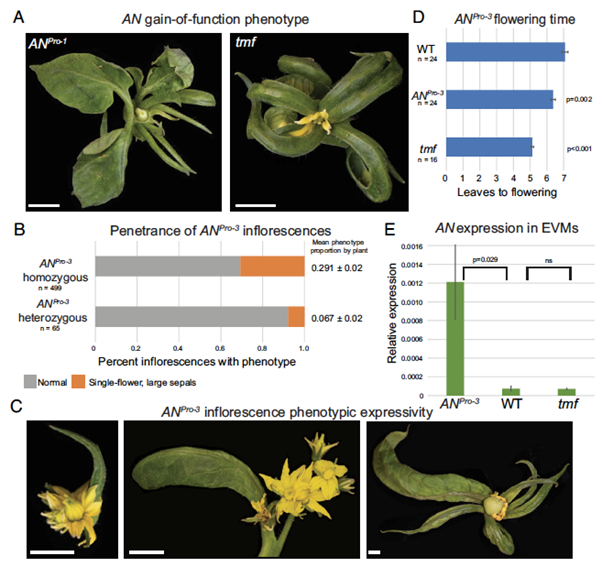
Developmental robustness from antagonizing cis-elements
Plant Science Research WeeklyDevelopmental transitions in plants are tightly regulated by transcriptional networks that require fine-tuned temporal and spatial control, with noncoding sequences in gene promoters playing a key role. The conserved transcriptional regulator UNUSUAL FLORAL ORGANS (UFO) is essential for floral development.…
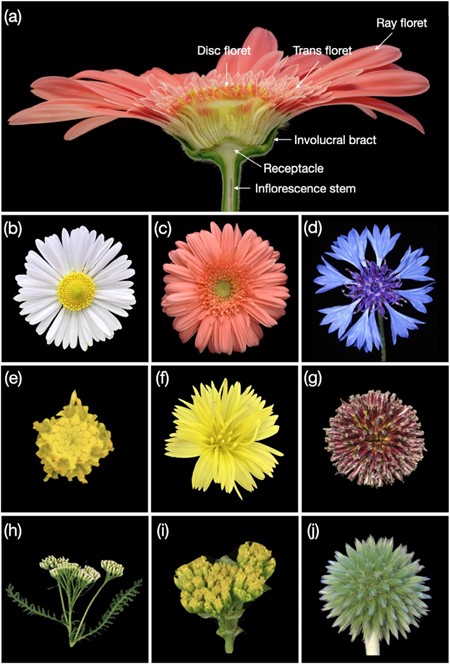
Review: Development and evolution of the Asteraceae inflorescence
Plant Science Research WeeklyAsteraceae, also known as Compositae or the daisy family, is one of the largest plant families and comprises 10% of all flowering plants. Members of this family are found in habitats worldwide. The unique inflorescence, called a capitulum, is a key innovation of the family and contributes to its success.…
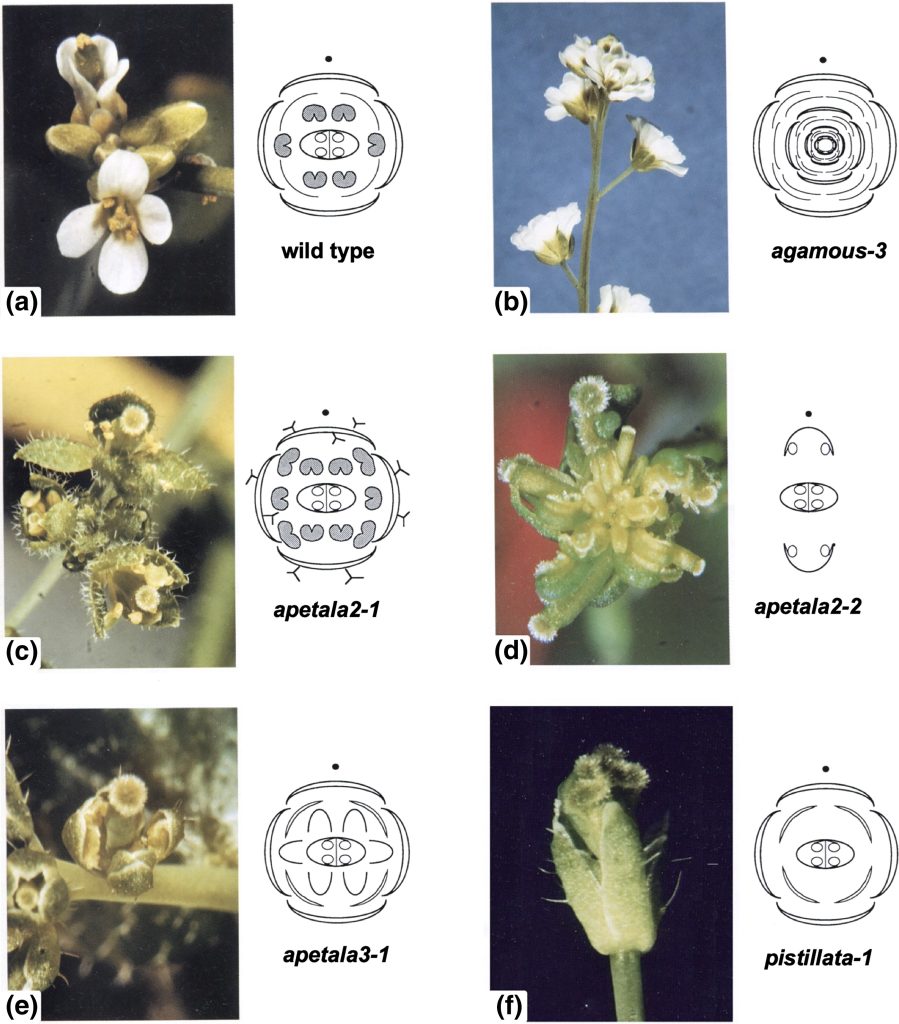
Perspective: How flower development genes were identified using forward genetic screens in Arabidopsis
Plant Science Research WeeklyIf you weren’t around in the '80s, you missed some great times; the music, the fashion, the flower genetics! This historical perspective article by David Smythe nicely sums up those heady days with an account of how Arabidopsis thaliana blasted into the ranks of a top model organism, in part through…
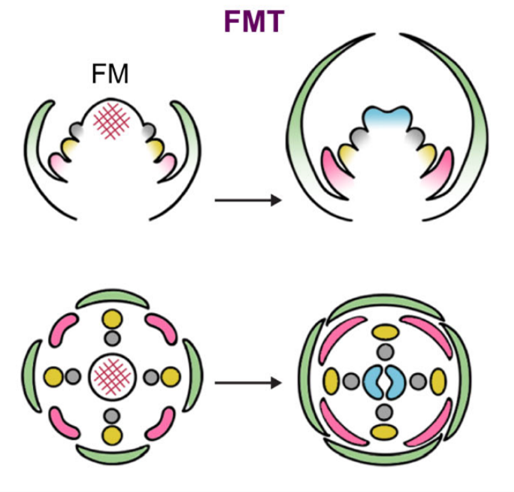
Review: How floral meristem termination shapes flowers
Plant Science Research WeeklyFlowers come in a breathtaking variety of shapes and sizes. The structures making up a flower, called sepals, petals, stamens, and carpels, all derive from the tightly regulated differentiation of a pool of stem cells in the so-called floral meristem. Floral meristem termination (FMT) is a crucial stage…
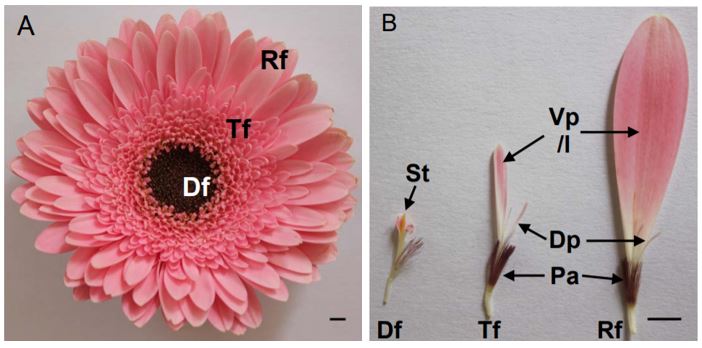
CYCLOIDEA3 is targeted by disparate transcription factors in patterning flowers in Gerbera
Blog, Plant Physiology: News and Views, ResearchYunqing Yu
Donald Danforth Plant Science Center
Kellogg Lab
SAINT LOUIS, MO 63132
United States of America
[email protected]
Flowering plants have evolved enormous diversity and complexity of inflorescence architecture. One great model for studying complex inflorescence development and…
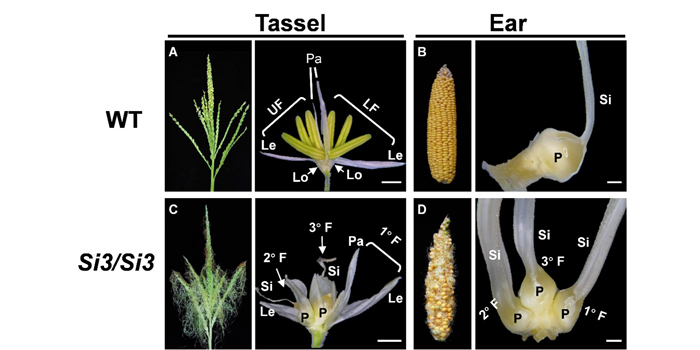
silky3 Is a Novel Transcriptional Regulator that Influences Multiple Flower Development Pathways in Maize
Blog, Research, The Plant Cell, The Plant Cell: In a NutshellLuo et al. demonstrate that ectopic expression of silky3, a novel transcriptional regulator, causes pleiotropic developmental defects in maize inflorescences.. Plant Cell https://doi.org/10.1105/tpc.20.00043
By Haishan Luo, China Agricultural University, Beijing 100193, China
Background: Inflorescence…

Fine Tuning Floral Morphology: MADS-Box Protein Complex Formation in Maize
Blog, Research, The Plant Cell, The Plant Cell: In BriefPlant floral organ development is orchestrated by master regulatory genes that control the differentiation of meristem tissue. According to the ABC(DE) model of flower development (Bowman et al., 1989; nicely summarized by Irish, 2017), different floral organs form in concentric whorls (verticils) in…

